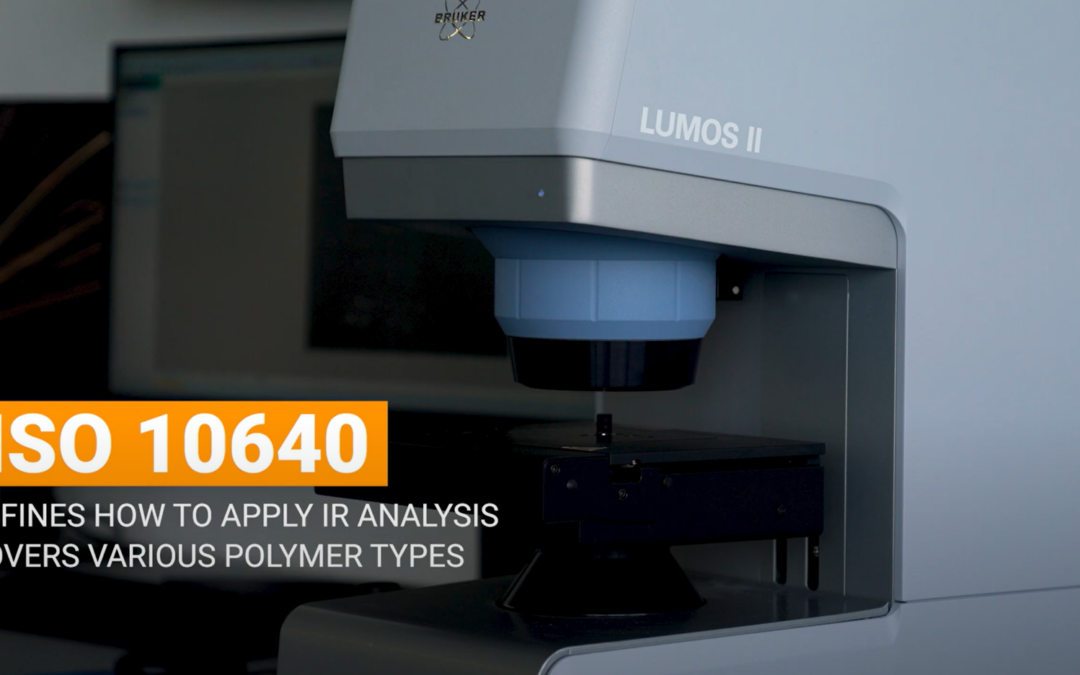In our latest video, we delve into the fascinating world of Fourier Transform Infrared (FT-IR) imaging and its application in assessing the aging progression of polyethylene materials. Whether you’re a materials scientist, engineer, or simply curious about cutting-edge technology, this technique offers valuable insights.
The Challenge of Aging Assessment
Polymeric materials face a daunting challenge when exposed to outdoor conditions. Determining their lifetime accurately is no easy task. Enter artificial accelerated weathering tests, which aim to estimate material longevity. However, relying solely on “acceleration factors” without careful consideration can lead to misleading results.
ISO 10640:2011
ISO 10640:2011 provides a methodology for assessing the aging of polymeric systems during exposure to laboratory accelerated weathering as well as outdoor conditions. While it mainly applies to photoaging, it can also be used for thermal aging. The methodology focuses on chemical changes that control the deterioration of physical properties in materials during photoaging. It relies on infrared (IR) spectroscopy analysis and UV spectroscopy to monitor additives and identify discoloration in polymeric materials.
The Role of FT-IR Imaging
FT-IR imaging provides a powerful tool for tracking chemical changes during aging. By analyzing infrared spectra, we gain critical information about material degradation. Here’s how it works:
- Sample Preparation: A cross-section of the polyethylene sample is carefully prepared.
- Microscopic Analysis: The sample is placed in a specialized holder and inserted into the Bruker LUMOS II microscope.
- Measurement Parameters: Easily set the measurement parameters with the OPUS Wizard to optimize data quality.
- Data Collection: Over 92,000 spectra are collected, with a pixel resolution of 1.25 µm with the unique FPA Imaging detector.
- Chemical Insights: The focus is on C=O vibrations, which indicate oxidation of polyethylene chains.
- Degradation Assessment: The results reveal the extent of degradation, aiding in material development and quality control.
FT-IR imaging isn’t just for the lab, it plays a crucial role in product development and performance assessment. By understanding how materials age, we can create more resistant products and ensure their longevity.
So, the next time you encounter polyethylene, remember that beneath its surface lies a wealth of chemical information waiting to be unlocked by FT-IR imaging.

